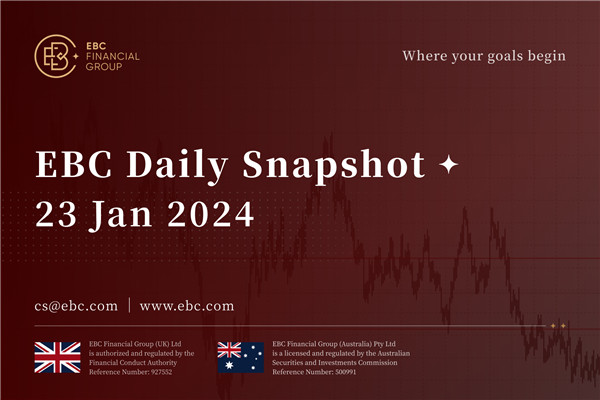Trading
Accounts & Conditions
Trading Accounts
Trading Products
Leverage & Margin
Deposits & Withdrawals
Dividends
EBC Institute
About EBC

















